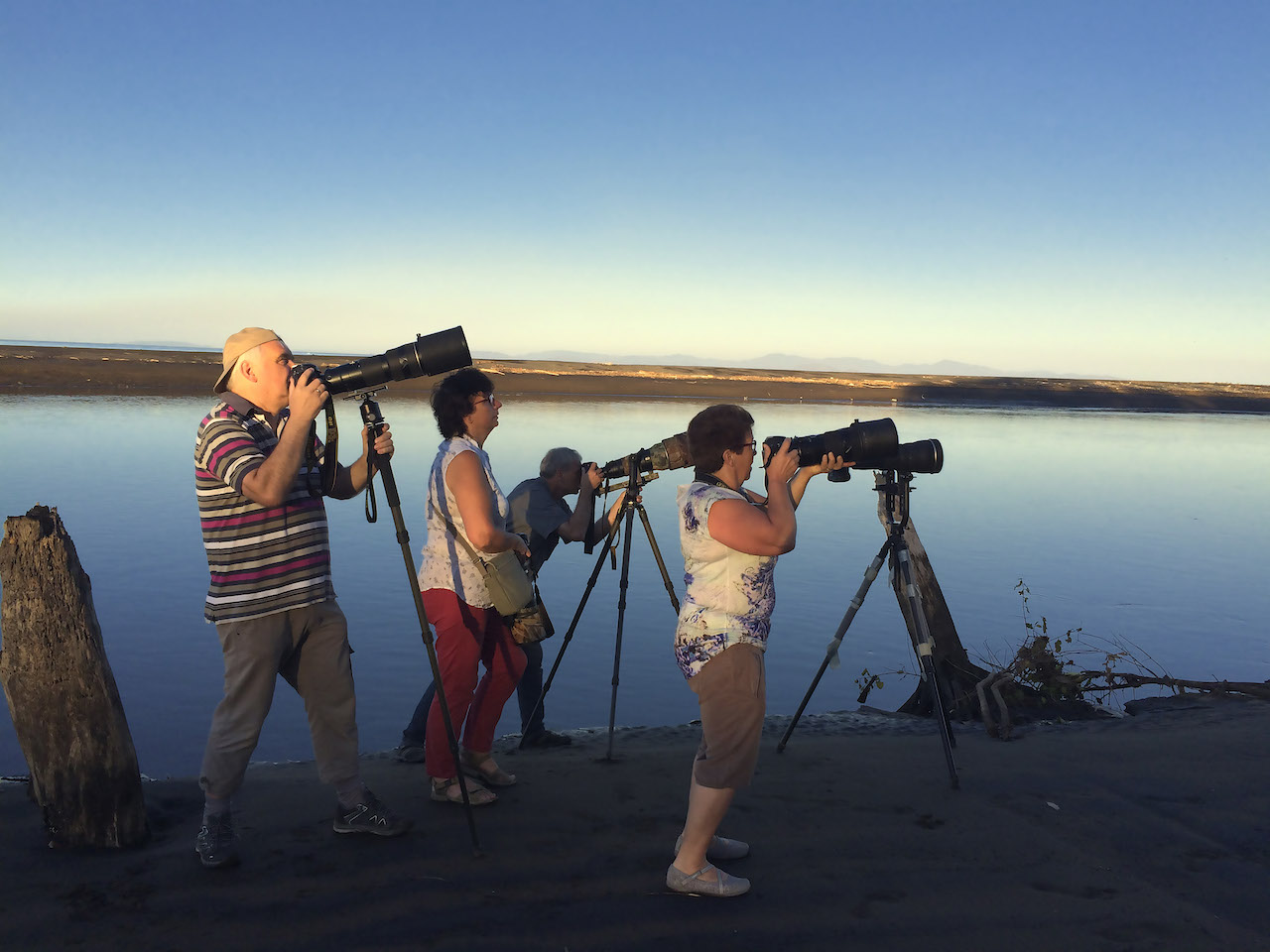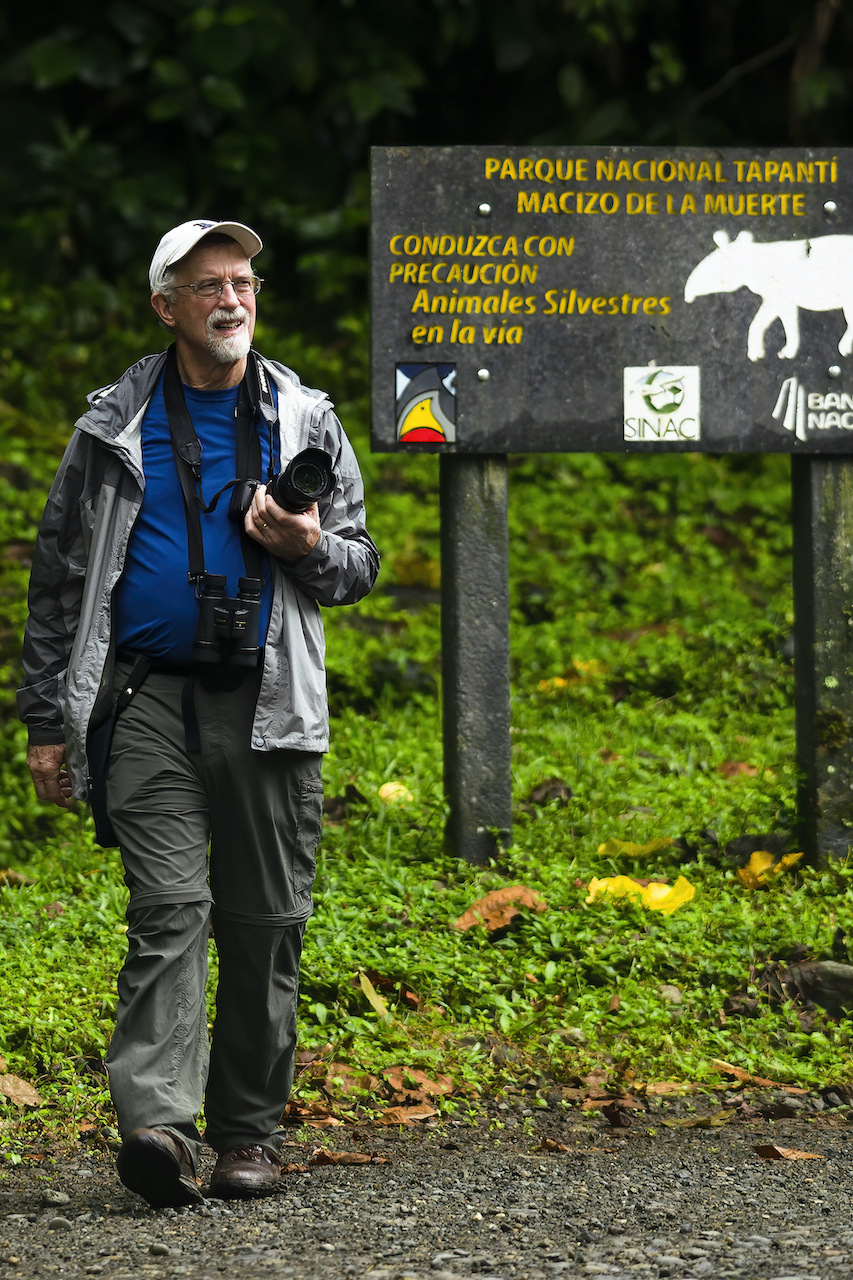What are the essentials for birdwatching and photography?
Everyone from the newest to those with years of experience pursuing and studying birds shares a common gift – treasured personal memories of magical moments in the forest and/or any other are when we come face-to-face with nature’s winged wonders.
The birders recognize that technology, binoculars, spotting scopes, and cameras – play a critical role in enhancing on the field experience. What’s more, when digital photography became the norm 15 years ago, the playing field was leveled flat to reveal a wide gateway, inviting one and all to join the party.
Today’s photo-gear marketplace offers myriad options to consider when it’s time to take the step from simply observing and recording birds to photographing them. Not only do cameras and lenses preserve the memories, enabling us to share with family, friends, and online audiences, but they also open the possibility of publication — that area once reserved for the pros.

The first step to be part of the bird photography universe is to consider the camera body and lens options that will work best for capturing the most amazing possible images in your specific area of interest. Whether it’s the drama of birds in flight or birds perched in iconic locations, the gear you decide upon will make a difference in the final results.
An 800mm super telephoto lens may be just the ticket to bring home superb images in the target you have in mind. But you’ll find the same combo is massive over-reach if you grab the rig for a quick shot of a goldfinch munching on the seeds of a sunflower just off the patio in your garden. The old adage of having the right tool for the task at hand is never truer than in bird photography.

Decide what you want
No rule is hard and fast, and no gear combination can possibly cover all photographic bases and be capable of delivering the goods on every occasion, at all times. However, by thoughtful analysis of your most-favored areas of interest and deciding upon your reasonable expectations, you can put together a kit that will fulfill your mission and deliver quality images of a lifetime of memories.
Equipment options
Here are four viable combinations of gear, valid across all brands and, in most cases, modern-era vintages.
For a birder with little or no photography experience other than smartphone snapshots, the perfect choice with which to extend your birding activities into memory-gathering mode would be one of the “bridge” cameras — models with integrated body-lens designs. Popular versions include the Canon Powershot SX70 HS, Panasonic Lumix FZ2500, the Nikon Coolpix P1000 or P900, or the Sony Cyber-shot RX10 IV. The automated features and robust zoom capabilities make bridge cameras quite capable for avian portraits, and they are an ideal stepping stone into the more advanced and challenging birds-in-flight realm.
People with some photo experience who are new to bird photography may benefit from a DX crop sensor body, coupled with a zoom lens with a proven track record. One example is the Nikon D500 with the Nikon NIKKOR 200-500mm zoom. The DX-format bodies add the advantage of “reach,” due to the smaller dimensions of the crop sensor. They also have the advantage of lighter weight, adding portability to the equation.
Then in the area of the full frame pro or serious enthusiast Mirrorless / DSLR body with a Canon or Nikon 400mm, 500mm, 600mm, or even an 800mm prime lens. This grouping covers just about every bird-photography situation, from birds at rest to the most challenging erratically flying raptors. Both DSLR and mirrorless full-frames should be considered. The super-telephoto lenses are nature photography’s gold standard gear configuration; the image quality results, as long as the proper techniques are applied, are guaranteed to exceed even the most discriminating photo artist’s highest expectations. The downside is that they are big and a heavy lift, both physically and financially.
Zoom lenses
The unrelenting expansion of interest in nature photography, with bird imaging at the top of the movement, has spawned a new class of photo enthusiast whose objective is frame-worthy images that don’t require lugging a massive tripod, with its pro-body DSLR and heavy super-telephoto lens. That’s where the telephoto zoom lenses shine.
Here are some zoom tele and super-telephoto lenses that are worthy of inclusion in any serious bird photographer’s kit: Nikon’s ground-breaking NIKKOR 500mm PF, the Nikon NIKKOR 200-500mm, new Nikkor 800mm or 400mm, Sigma’s 150-600mm Contemporary, the Tamron SP 150-600mm, Fujifilm’s XF100-400mm, and Canon’s time-proven 100-400mm. Combine Sony’s 100-400mm zoom tele with Sony’s A7R III body for a can’t-miss birding action rig.
With the relentless pace of research and development and new product roll-outs, the savvy photographer never fails to look with care at the secondary market, where nearly new “used” gear can be found with quality, and major cash savings.
http://birdingfieldguides.com/wp/a-packing-list-for-costa-rica/
http://costaricabirdingtours.com/what-to-pack-for-your-birding-trip-to-costa-rica.html
